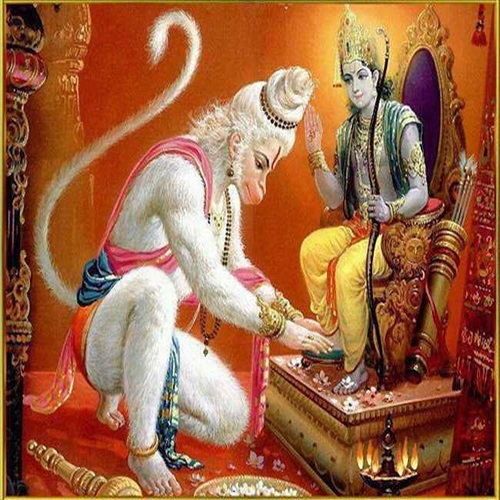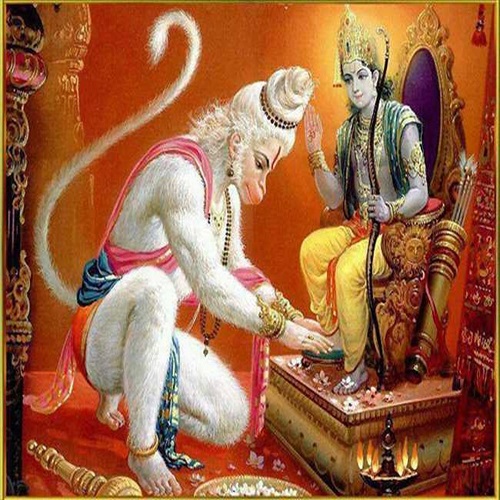- 20% off Entire Purchase Promo code: offT80
- 50% - 80% off on Vegetables
- Off 10%! Shop Vegetables
- Off 50%! Shop Now
- Off 10%! Shop Vegetables
- 50% - 80% off on Vegetables
- 20% off Entire Purchase Promo code: offT30
- Off 50%! Shop Now
जय श्री राम
In traditional history, Ayodhya was the early capital of the kingdom of Kosala, though in Buddhist times (6th–5th century BCE) Shravasti became the kingdom’s chief city. Scholars generally agree that Ayodhya is identical with the town of Saketa, where the Buddha is said to have resided for a time. Its later importance as a Buddhist centre can be gauged from the statement of the Chinese Buddhist monk Faxian in the 5th century CE that there were 100 monasteries there (although he cited 100, Faxian probably did not mean that exact number, just that there were many monasteries). There were also a number of other monuments, including a stupa (shrine) reputed to have been founded by the Mauryan emperor Ashoka (3rd century BCE).
The Kanauj kingdom arose in Ayodhya, then called Oudh, during the 11th and 12th centuries CE. The region was later included in the Delhi sultanate, the Jaunpur kingdom, and, in the 16th century, the Mughal Empire. Oudh gained a measure of independence early in the 18th century but became subordinate to the British East India Company in 1764. In 1856 it was annexed by the British; the annexation and subsequent loss of rights by the hereditary land revenue receivers provided one of the causes of the Indian Mutiny in 1857. Oudh was joined with the Agra Presidency in 1877 to form the North-Western Provinces and later the United Provinces of Agra and Oudh, now Uttar Pradesh state..
Read Moreजय श्री राम
Ayodhya, the birthplace of Lord Rama and is believed to be one of the sacred places in India.
जय श्री राम
Ram Janmabhoomi. 4.5 /5. 0 km. from city center 1 out of 16.
जय श्री राम
Hanuman Garhi, Ayodhya. 3.6 /5. 0 km. ...
अयोध्या दर्शन










